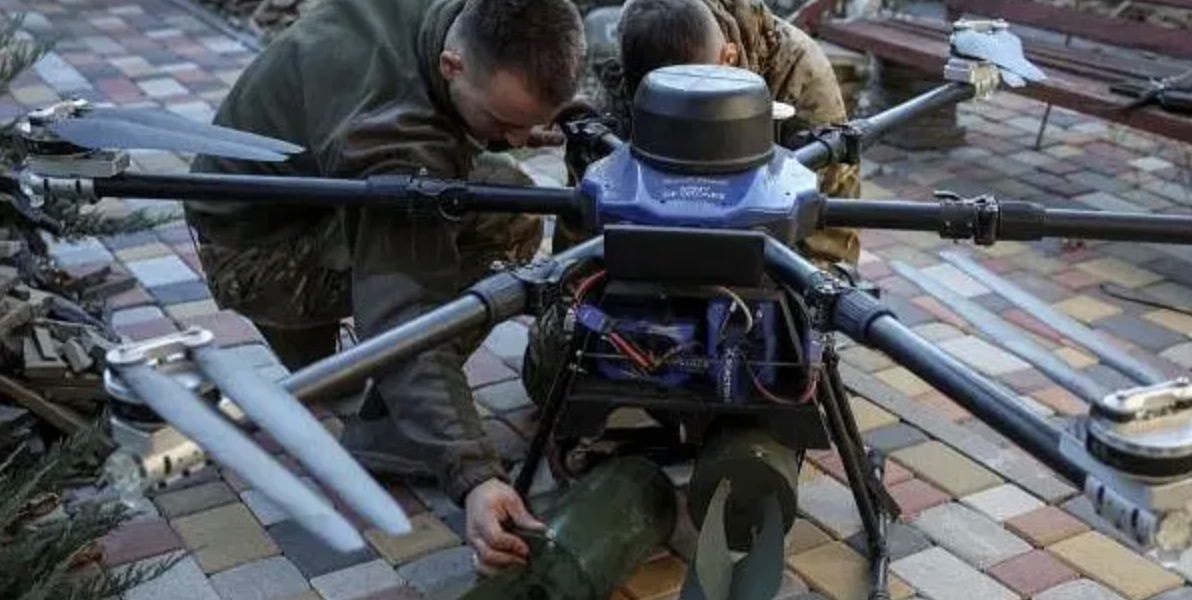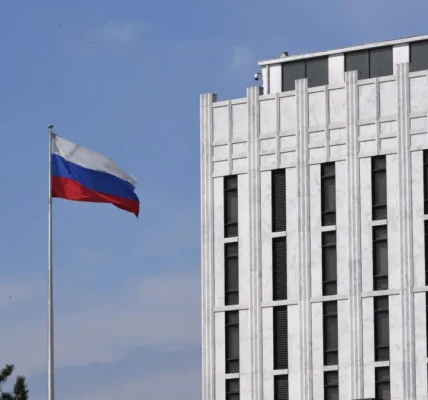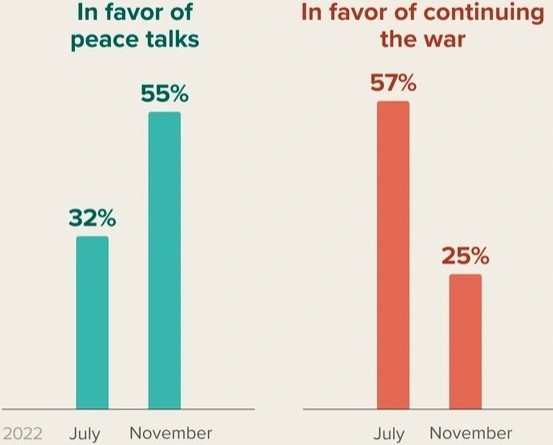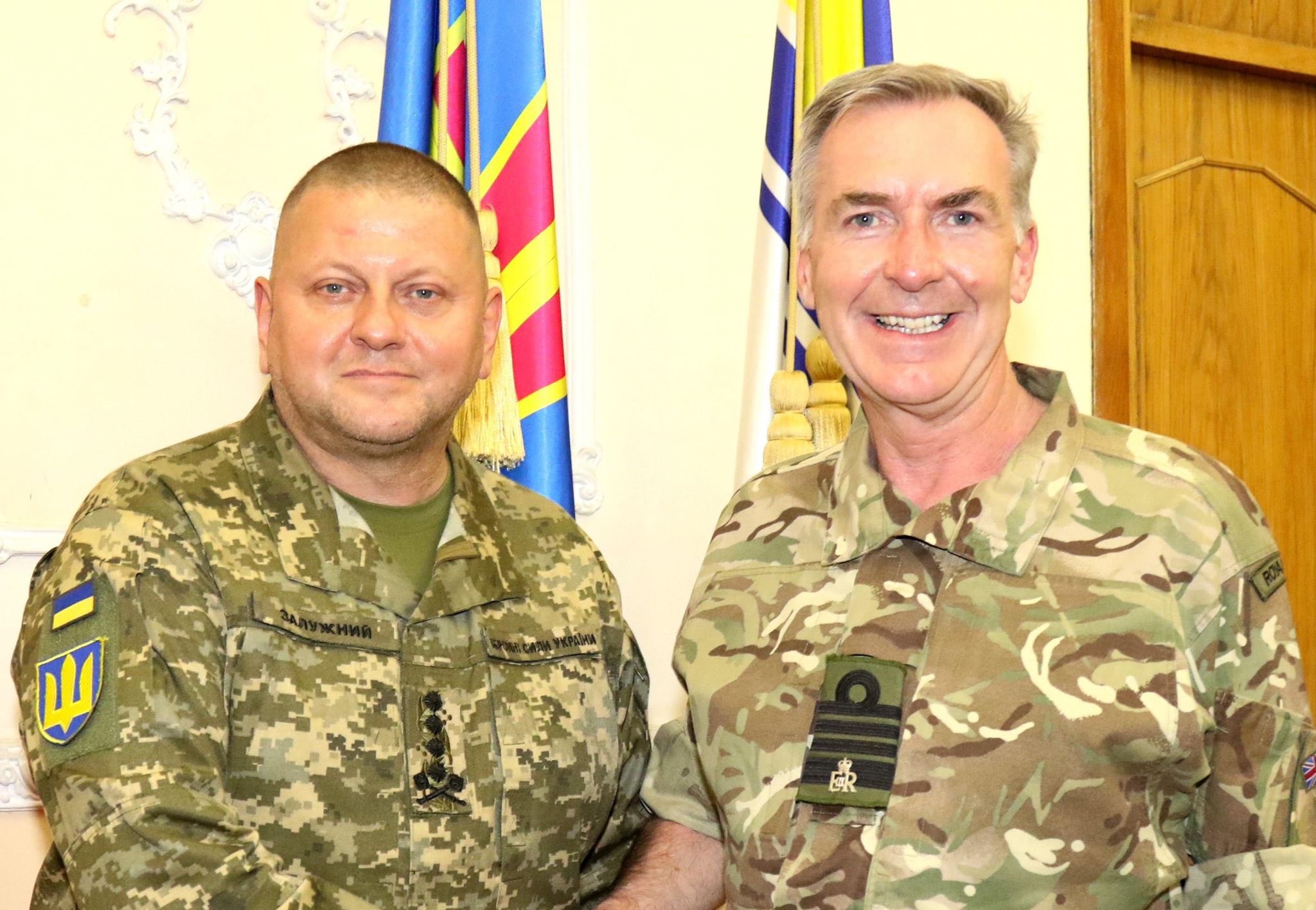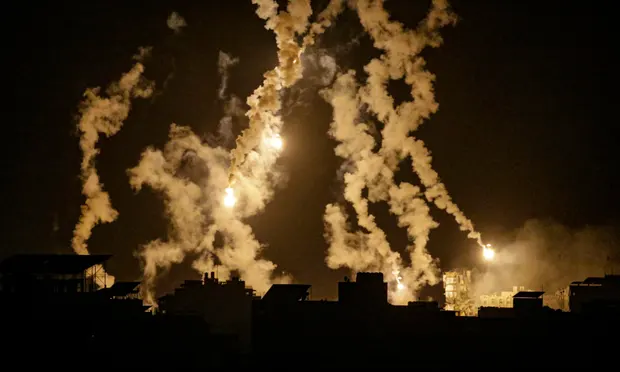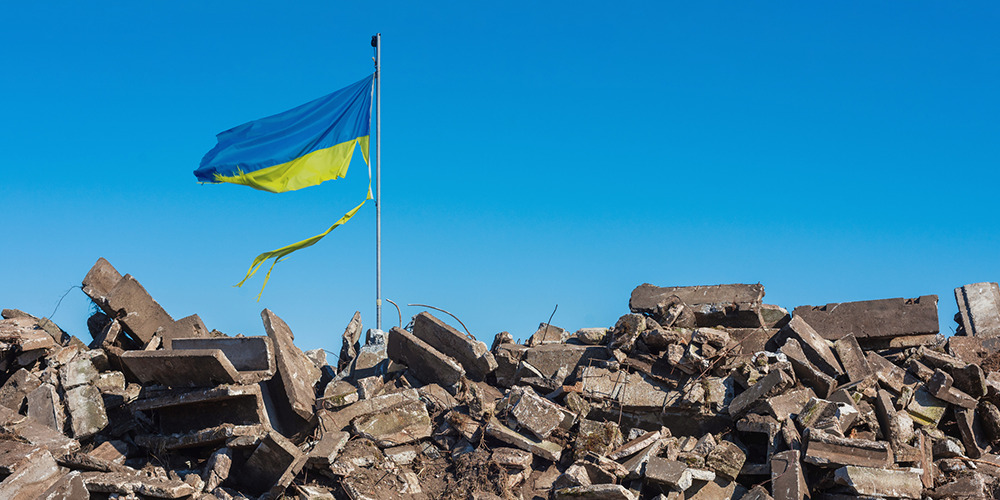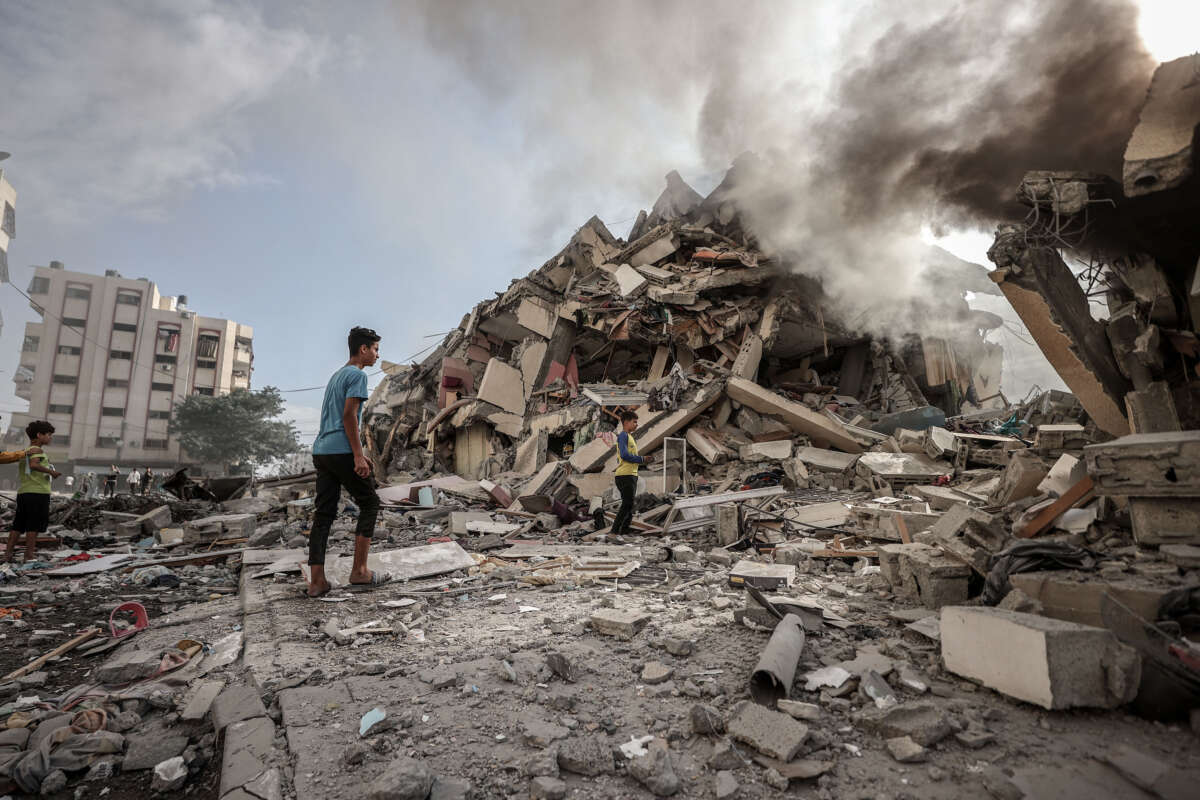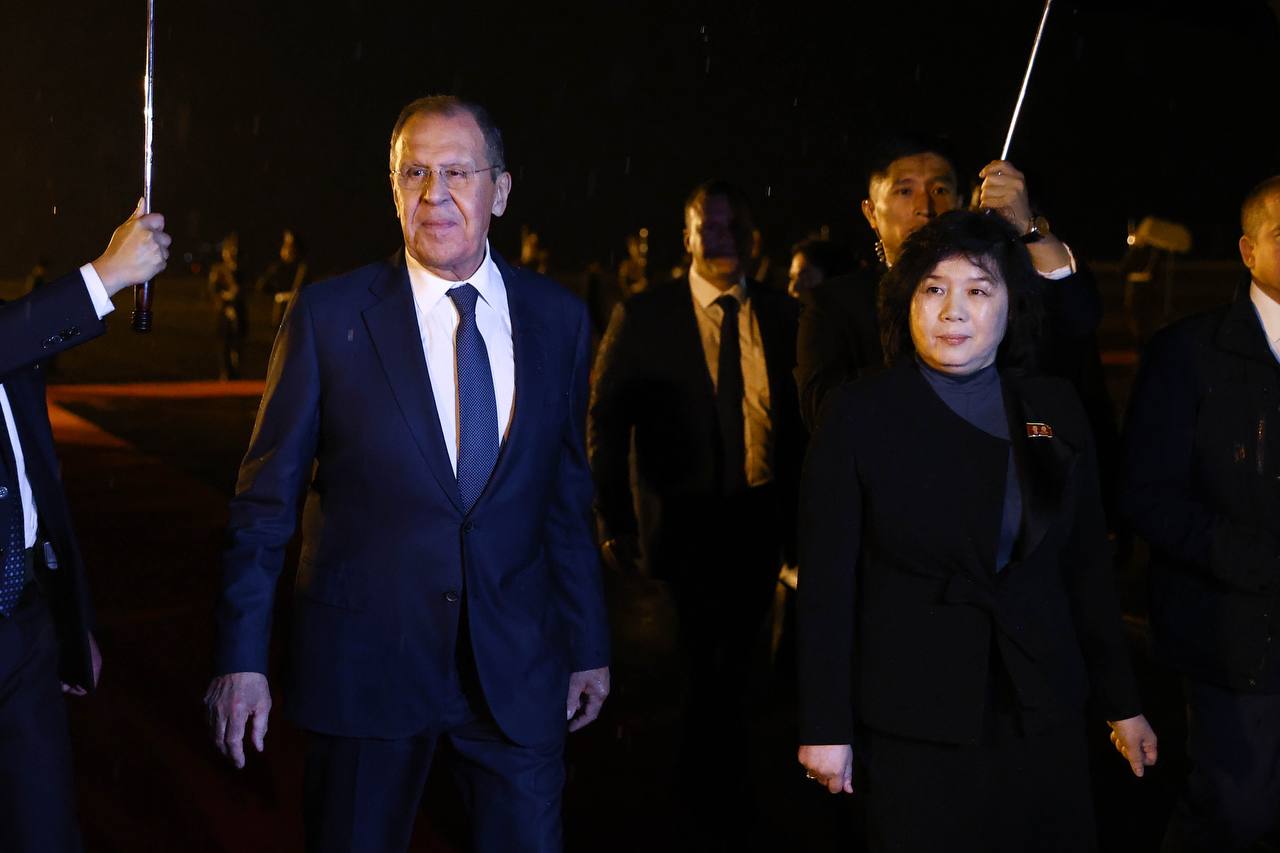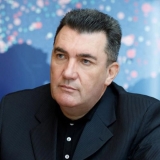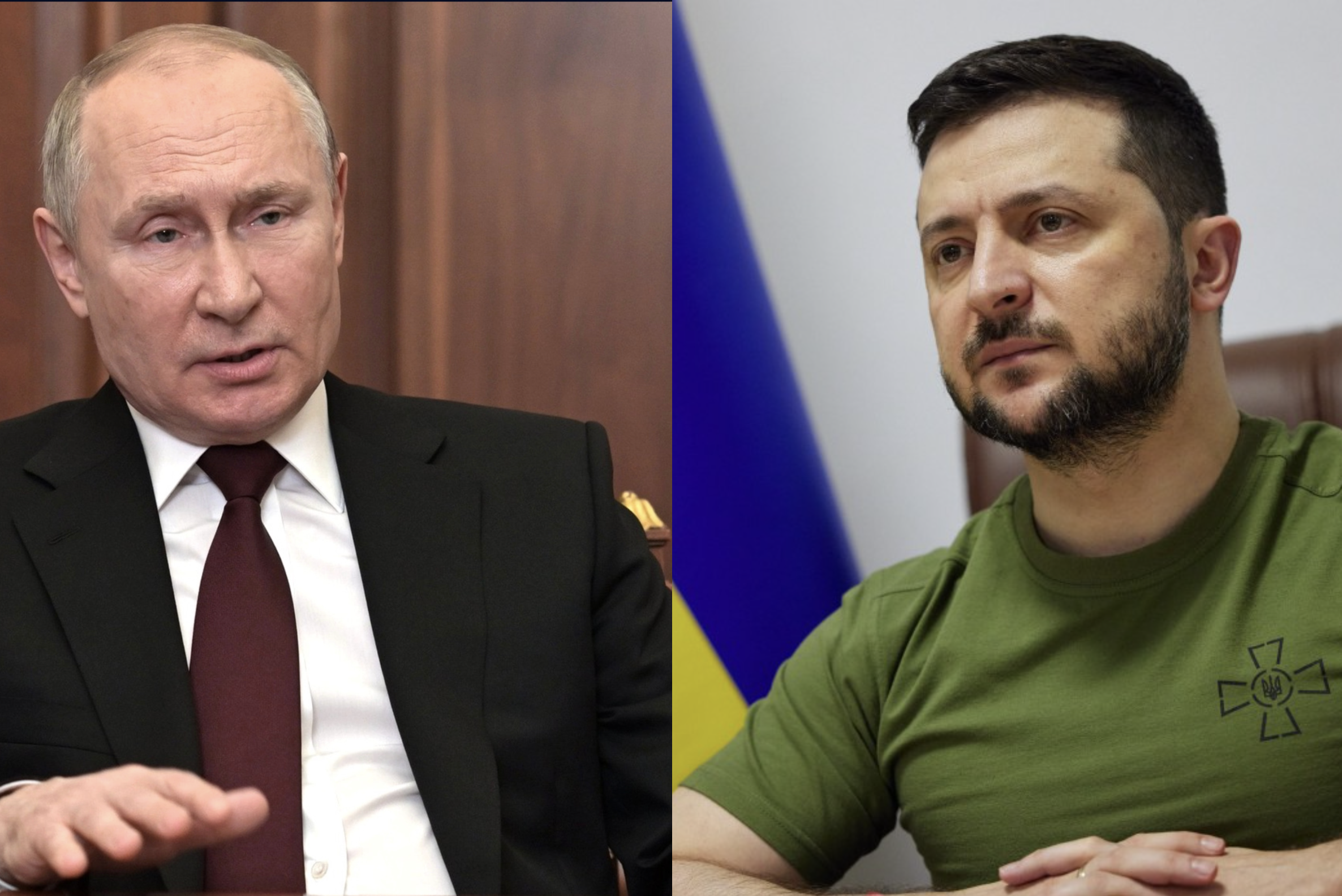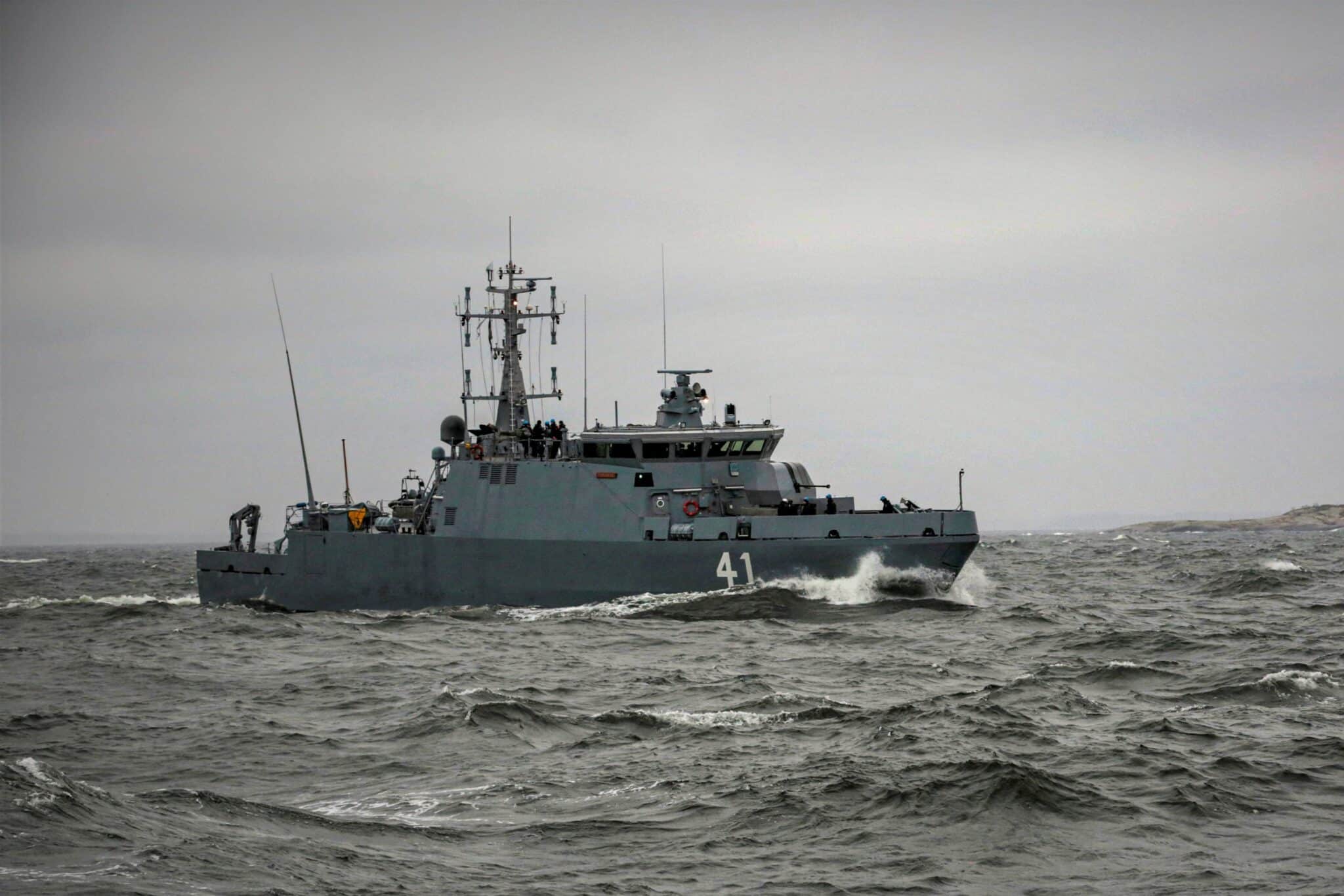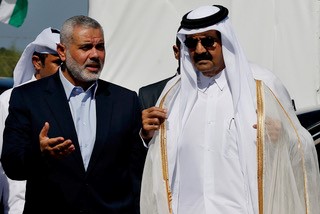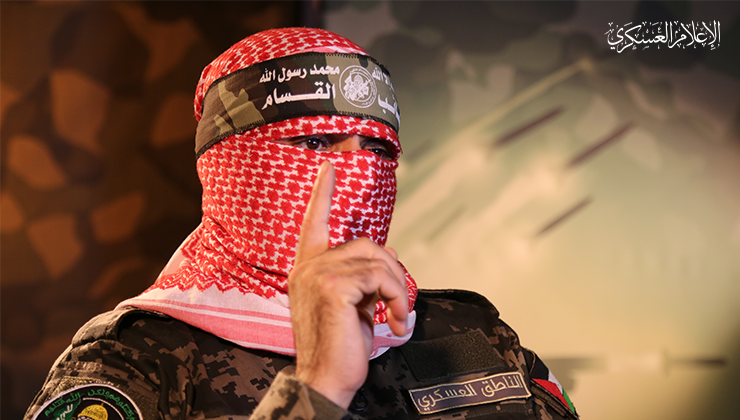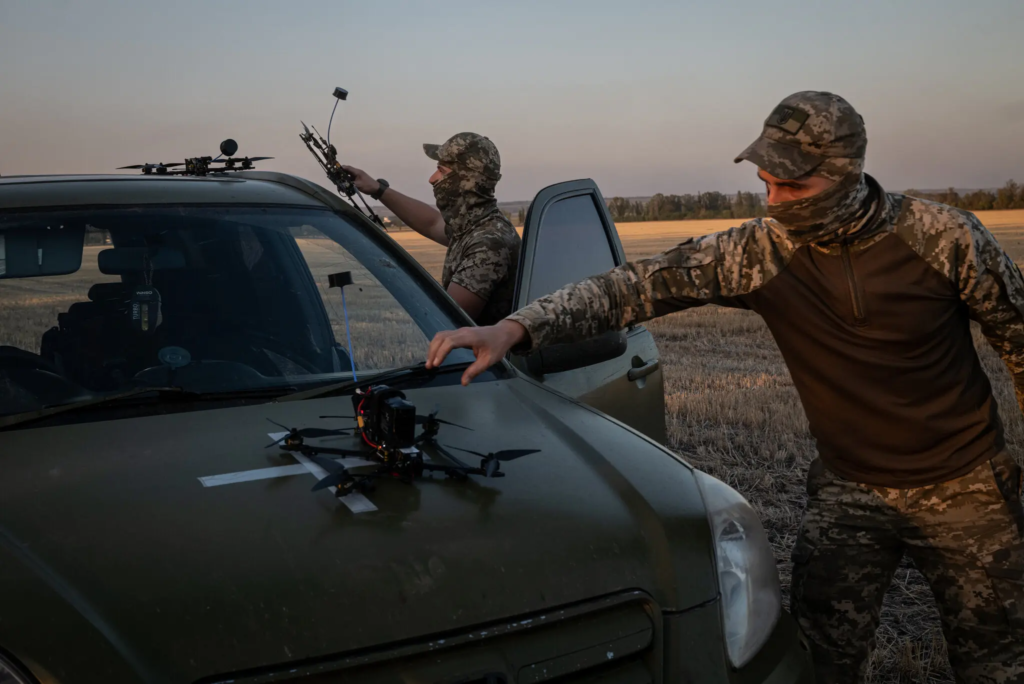
The Ukrainian military has developed a new drone that incinerates enemy troops by spraying them with molten metal.
These drones have been fitted with canisters filled with thermite, a chemical mixture of aluminum and iron oxide developed over a century ago to weld railway tracks. When thermite is ignited, it produces a reaction that is almost impossible to extinguish.
Despite causing horrific injuries, thermite drones—also called Dragon Drones by Ukrainian troops—are not banned under international law, provided they are used to attack military and not civilian targets.
The thermite drones have been used to attack Russian infantry hiding in densely wooded areas while preparing to attack Ukrainian positions. Ukrainian soldiers fly the drones over enemy positions and remotely detonate the canisters, which spew molten metal shards at temperatures exceeding 2,000°C onto the Russian forces below.
Thermite burns so fiercely that it ignites anything it touches and continues burning until the chemical mixture is completely exhausted.
Video footage has emerged of thermite drones showering Russian forces with molten metal in forests and even in bunkers.
Nicholas Drummond, a defence industry analyst and a former British Army officer, said the thermite drones were probably designed to terrorise Russian troops.
He commented: “It is very nasty stuff. Using a drone to deliver it is quite innovative. I would not have liked to have been on the receiving end.”
One Ukrainian commander explained that his unit used thermite drones to force Russian troops into the open, where they could be attacked with conventional weapons.
The Ukrainian officer, identified only as Captain Viacheslav, said: “We used a lot of resources to try and drive them out and destroy them.”
Viacheslav, commander of the 8th Separate Jaeger Brigade’s strike drone company known as ‘Dovbush’s Hornets,’ said: “With over 10 kilograms of explosives, it burns through everything.”
He added that some drones had been nicknamed ‘White Heat’ and ‘Dementor,’ after the creatures in Harry Potter.
Since his unit arrived in the Pokrovsk area of Ukraine in April, Viacheslav said they have killed more than 3,000 Russian soldiers.
Under international law, thermite is not banned for military combat, but its use on civilian targets is prohibited due to the horrific effects it can have on the human body.
In a 2022 report on incendiary weapons like thermite, Human Rights Watch described them as “notorious for their horrific human cost,” including inflicting fourth- or fifth-degree burns.
The report stated: “They can cause damage to muscles, ligaments, tendons, nerves, blood vessels, and even bones.” It added that treatment can last months and require daily attention. If victims survive, they are often left with physical and psychological scars.
President Volodymyr Zelenskyy of Ukraine said this month that his country was on pace to produce 1.5 million drones this year, with plans to ramp up production to 4 million annually. Ukraine has also created the Unmanned Systems Force, the world’s first military branch dedicated to drone warfare.

